Residential property finance
Date
06 December 2016
Share

As of October this year, ‘speed limits’ were raised for LVRs. An LVR is a loan-to-value ratio – in other words, how much a bank can lend against a mortgaged property. ‘Speed limits’ are the restrictions on the amount of low deposit lending that banks can make.
LVRs were introduced in 2013 as a way to strengthen bank balance sheets and cool the rabid housing market and sky-rocketing house prices.
Of interest are borrowers deemed to have a high LVR. There are two types – Owner/occupier borrowers with LVRs of more than 80 percent (less than 20 percent deposit) and investor borrowers with LVR of more than 60 percent (less than 40 percent deposit).
Those borrowers are often stretched financially and, therefore, vulnerable to economic fluctuations. And a sharp fall in house prices poses a risk to the financial system and the banking system. The ‘speed limits’ now mean that only 10 percent of a bank’s residential mortgage lending and five percent of its investor mortgage lending can be made for high-LVR customers.
What this means is that where banks had once been comfortable lending, they may no longer have the capacity to provide mortgages. We are seeing the big banks become more selective about who they will lend to. This is where your partner at Finance New Zealand can assist. We work with specialist property funders as well as the major banks and know who has capacity to lend to high-LVR customers.
We can also assess your complete asset portfolio and create opportunities to leverage other assets – such as plant and machinery in your business, for example – to raise funds. Asset finance and debtor finance are good alternatives if your LVR is high, and there are other forms of finance available too.
Talk to your business partner at Finance New Zealand about how best to structure your debt to maximise fund availability.
Similar Posts
27 August 2025
Cash flow pressure? We can help you keep your business moving forward.
During this challenging economic climate, reviewing your performance and uncovering cost-saving opportunities is a savvy move that ensures you maintain strong cash flow and business resilience.

14 July 2025
Navigating property finance with lower CVs? We can show how to navigate the changing market and position your lending for better outcomes.
With capital values softening across parts of New Zealand, many borrowers are finding that lower CVs can impact how much they can borrow — especially when property is being used as security. While CVs don’t directly set lending limits, they influence how lenders assess risk and scale your available equity. At Finance New Zealand, we help clients navigate these challenges by working with multiple lenders, using alternative forms of security, and structuring finance that supports long-term growth — even in a tighter lending environment.


Page Links
Contact us
Finance New Zealand Limited L11 BDO Tower, 19-21 Como Street, Takapuna, Auckland 0622 PO Box 65164, Mairangi Bay 0754 T: (09) 222 0320E: info@financenz.co.nzMember of


Proud Sponsors of Auckland Rescue Helicopter Trust
Copyright Finance New Zealand Ltd 2025



